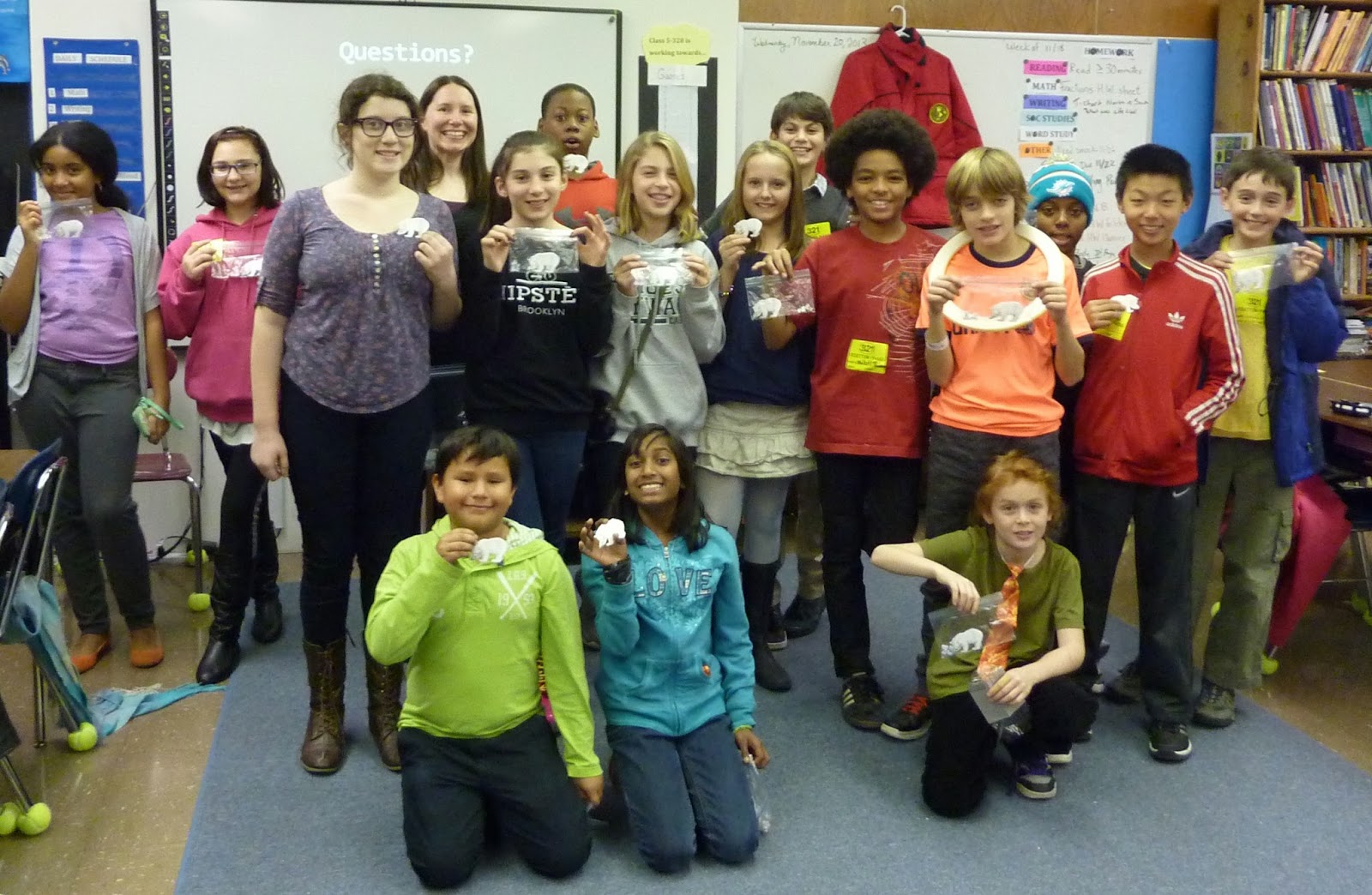I was fortunate to spend 18 days on board the National Geographic Explorer visiting the Canadian High Arctic and Greenland as a Grosvenor Teaching Fellow! The purpose of my travels was to gather resources to use in the classroom. This blog reflects my adventures and attempts to explain what the Arctic is like for those who are interested.
Below is our travel route, which included Nunavut, Canada and the west coast of Greenland.
After coming home from my Arctic journey, I was eager to share my experiences. After presenting to my current class and a teacher workshop, I invited my former students to come back for an Arctic reunion!
 |
It was great to see them all, looking so much taller but still excited to learn about the rest of the world!
Teachers can have a great impact on their students.Here's one of my students who decided to get a red explorers coat like mine the weekend after I gave my Arctic presentation in class.
My journey to the Arctic gathered some media attention.
NBC News Interviewed me live at 7pm on August 30, 2013. Click below to watch:
NBC News Interviewed me live at 7pm on August 30, 2013. Click below to watch:
Teaching Traveling Blog also did an interview about my journey. Click below to read:



















































